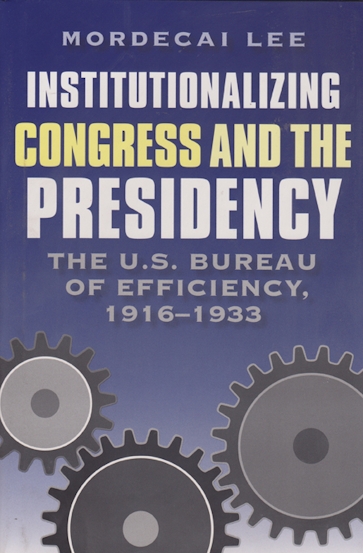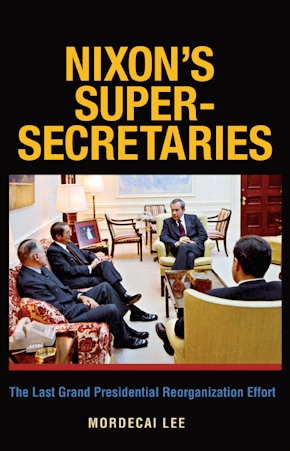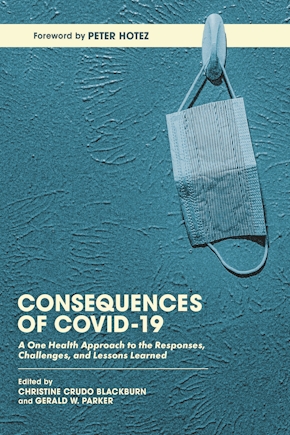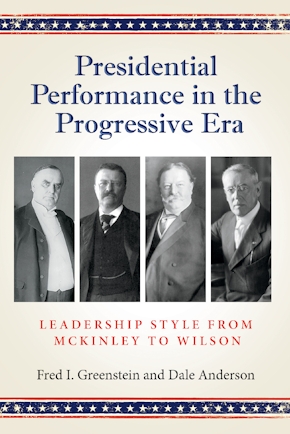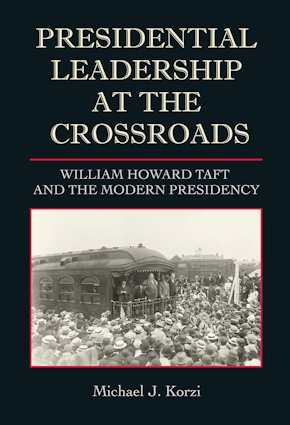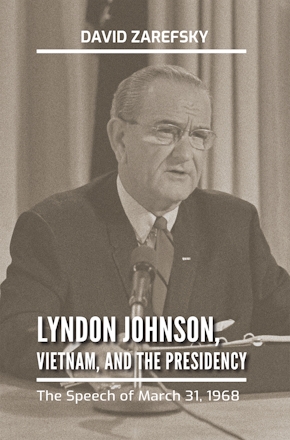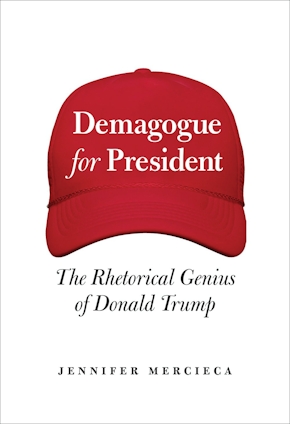Institutionalizing Congress and the Presidency
The U.S. Bureau of Efficiency, 1916-1933
978-1-58544-548-6 Cloth
6 x 9 x 0 in
246 pp. 4 tables., 2 charts.
Pub Date: 09/19/2006
Available
Mordecai Lee offers both a chronological history of the agency and a thematic treatment of the structure, staffing, and work processes of the bureau; its substantive activities; and its effects on the development of both the executive and the legislative branches.
Charged with conducting management and policy analyses at the direction of the president, this bureau presaged the emergence of the activist and modern executive branch. The Bureau of Efficiency was also the first legislative branch agency, ushering in the large administrative infrastructure that now supports the policy-making and program oversight roles of Congress.
The Bureau of Efficiency’s assistance to presidents foreshadowed the eventual change in the role of the president vis-a-vis Congress; it helped upend the separation of powers doctrine by giving the modern executive the management tools for preeminence over the legislative branch.
Joseph V. Hughes Jr. and Holly O. Hughes Series on the Presidency and Leadership
About the Author
Reviews
Published by Texas A&M University Press
